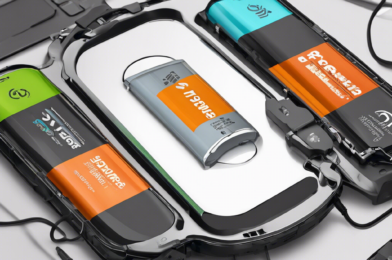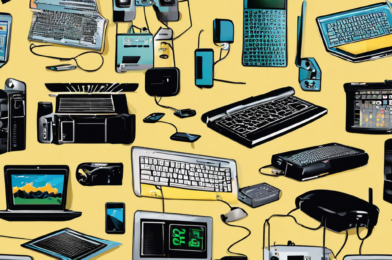Our world is rapidly embracing innovative technology, but with this comes a responsibility to consider the environmental impact and energy efficiency of our gadgets. The good news is that many devices on the market today are designed with energy-saving features, helping you reduce your carbon footprint and save money on energy bills. So, what are some examples of these ‘green gadgets,’ and how do they contribute to a more sustainable future?
Firstly, smart thermostats are a popular choice for energy-conscious consumers. These devices learn your habits and preferences and automatically adjust heating and cooling systems accordingly. By using algorithms to optimize energy use, they can reduce waste and lower your bills. Some models even provide energy usage reports, helping you understand your consumption patterns and make informed decisions.
Solar panels have also become increasingly efficient and affordable. Integrating solar technology into your home or office allows you to harness renewable energy from the sun. Any excess energy generated can often be fed back into the power grid or stored in batteries, providing a reliable source of clean energy and potentially reducing your dependence on traditional power suppliers.
Energy-efficient lighting is another simple way to make your home or office greener. LED bulbs, for example, use a fraction of the energy required by traditional incandescent bulbs and last significantly longer. This reduces the frequency of replacement, which is beneficial for both your wallet and the environment, as it minimizes the production and disposal impact of lighting products.
Appliances account for a significant portion of energy usage in any home. When it’s time to replace your old appliances, look for energy-efficient models that carry the Energy Star label. This certification ensures the product meets strict energy efficiency guidelines set by the US Environmental Protection Agency and the Department of Energy. From washing machines and refrigerators to computers and TVs, choosing Energy Star-rated appliances can make a notable difference in your energy consumption and costs.
In addition to major appliances, smaller gadgets can also help you save energy and money. Power strips, for instance, can help you efficiently manage multiple plugged-in devices, allowing you to turn them all off at once to eliminate standby power drain. ‘Vampire power,’ or the electricity consumed by devices when they’re plugged in but not in use, accounts for a surprising amount of energy waste. So, a simple power strip can be a powerful tool in your energy-saving arsenal!
Water usage is another area where technology can lend a helping hand. Low-flow showerheads and faucet aerators reduce water consumption without compromising on performance. These devices mix air with water, maintaining pressure while using less water. This simple innovation not only lowers your water bills but also reduces the energy required to heat the water, resulting in a double environmental win.
Lastly, consider investing in rechargeable batteries and a good charger. Disposable batteries are an environmental hazard, both in terms of the materials used and the waste generated. Rechargeable batteries reduce this impact and can save you money over time. Modern chargers are designed to efficiently replenish the power in these batteries, ensuring your gadgets are always ready to go while minimizing energy use.









